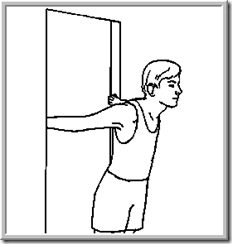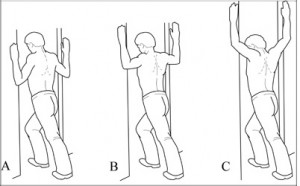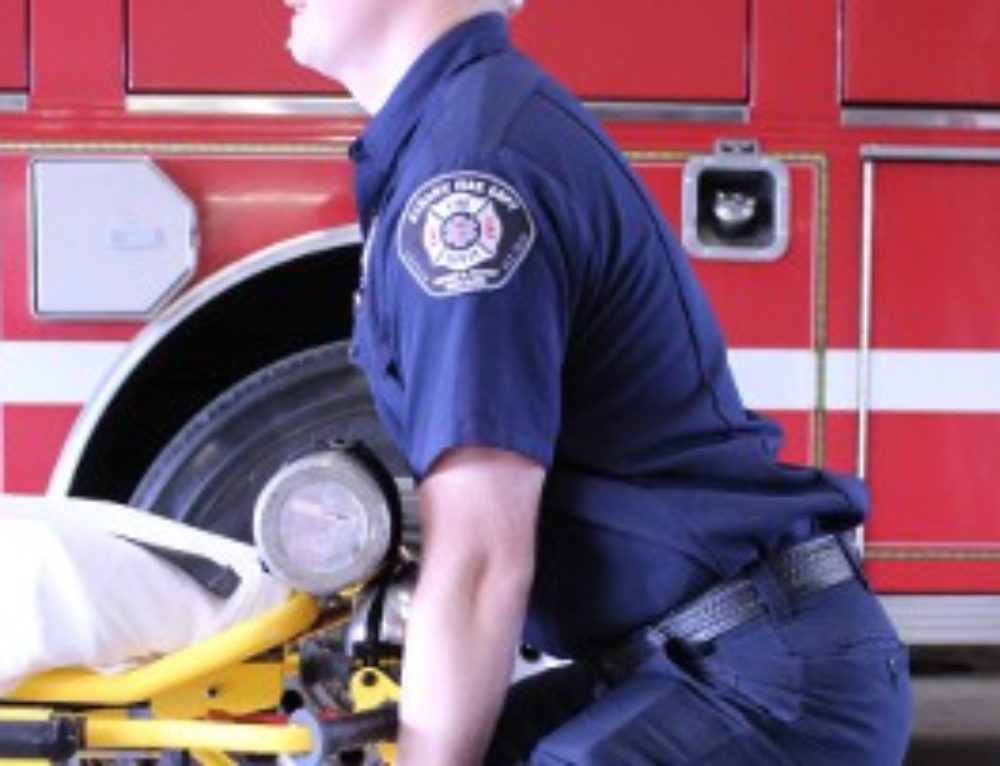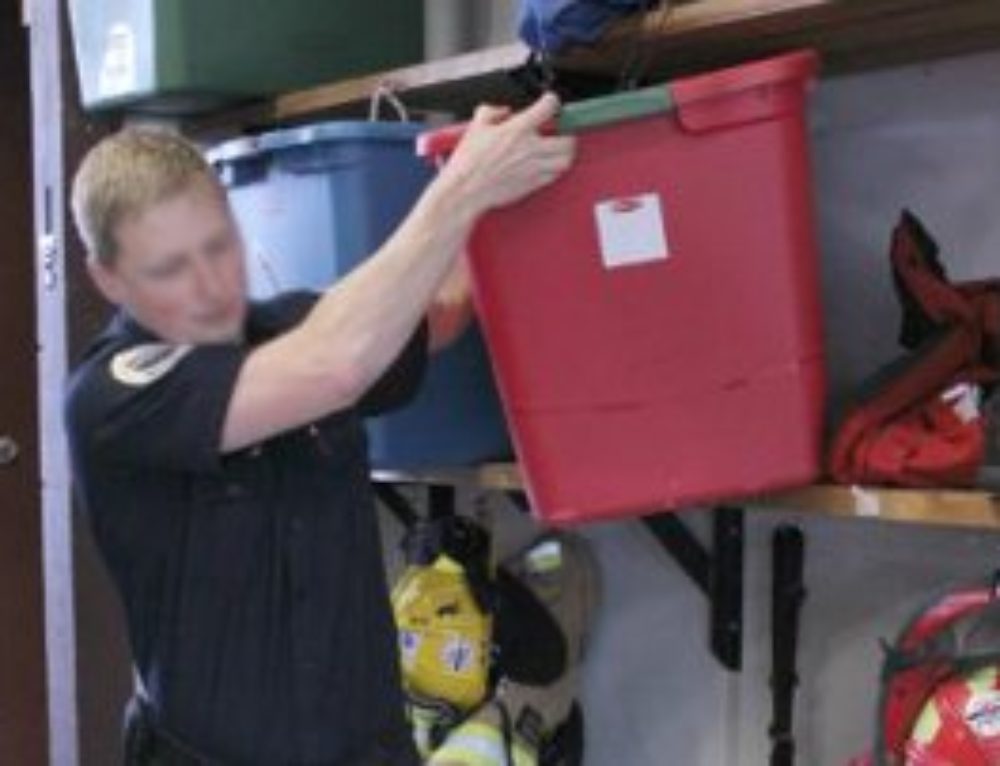Over the past few weeks I’ve discussed the one stretch that firefighters should never do and possibly the most important stretch for firefighters to do. So, this week I’m keeping on the theme of stretching.
Not surprisingly, I’ve observed some trends while doing a few hundred fitness tests with firefighters each year. One of them is a general lack of hamstring flexibility, although the same could probably be true of the general population, especially in males. The other, and this performance is even more dismal than the general population, is shoulder inflexibility. I have seen such poor range of motion during my shoulder flexibility test that sometimes we’ve just had to laugh about it (there is never a shortage of laughs in a room full of firefighters…)
Shoulder inflexibility is the result of advancing age and not moving the arms throughout a full range of motion. If the shoulders become too tight, this can make any tasks utilizing the arms more difficult. Executing firefighting tasks such as climbing ladders and using an ax, which require overhead and rotational movement by the shoulder joint, may require more energy if the shoulders lack mobility. Also, it could possibly prevent you from adopting the safest posture (for your spine) when lifting a patient out of a tight/awkward spot. And let’s be honest, you ultimately want to always be able to wipe your own you-know-what.
A quick and dirty way to assess your shoulder flexibility is to do the back scratch test. Bring one hand over head and reach down toward your shoulder blade. Now, rotating under instead of over, try to bring the other hand up to meet it. See the picture.
Make sure you test out both sides. If your fingers are within an inch or two of meeting, you are good to go. If not, try doing these shoulder stretches pictured below using a doorway. 
Hold each stretch for at least 30 seconds. Do them as often as possible, and remember to stretch when you are warm; you want to stretch after a workout, not before.
If you’re not on my list to get more health tips like these, enter your name and email below.






